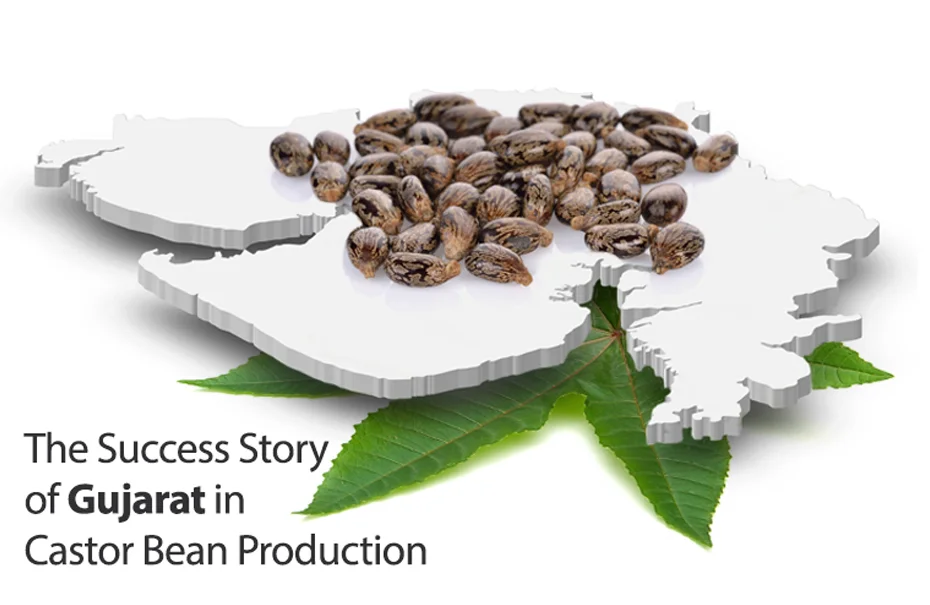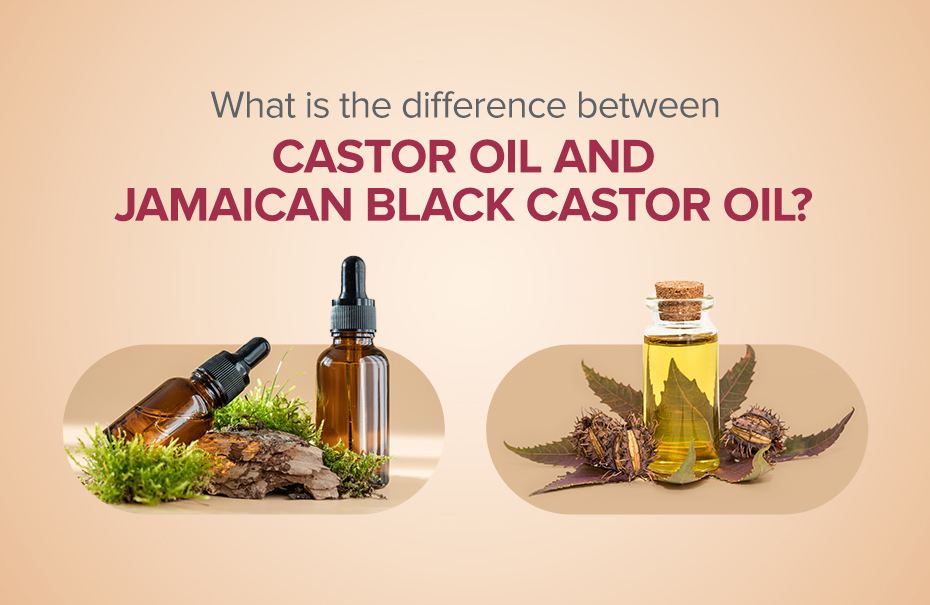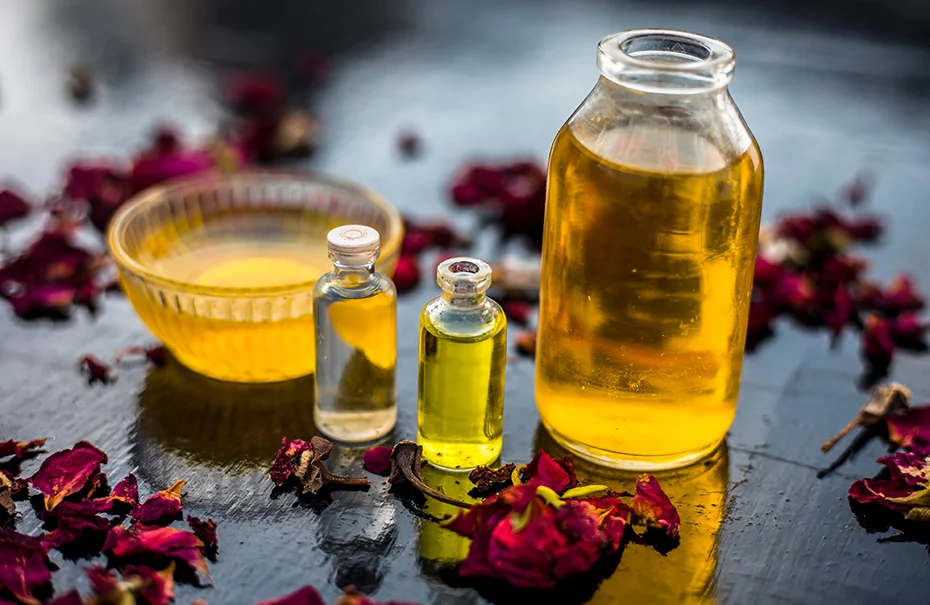The Success Story of Gujarat in Castor Bean Production

The production of Castor Bean is continuously seeing a rise. As per the estimates of the Agriwatch production, India was expected to witness a rise by 88 percent and surpass its previous 2.036 million tonnes (source ). At present, India is the leading producer of castor oil and castor oil derivatives, but there is a long story of how castor oil became a success in India (primarily Gujarat) as well as all the corners of the world.
Let us take a step back and understand how castor oil became a success story in Gujarat.
Castor Oil: Introduction
Castor Bean is a non-edible crop which when crushed produces oil. The usage of castor oil goes back to a long time when it was used for medical purposes. It has also established a strong market with major applications in the plastic and resin industry. The other key areas where it is used for production are personal care and cosmetic products such as haircare, skincare, soaps, deodorants and many more. Over the years castor oil manufacturers in India and other countries have found significant opportunities to supply castor oil products in the market.
However, the scenario was not always the same. Around the 1950s the castor value was very low. There were certain measures taken in order to bring a positive change and enhance production.
Further, let us understand the changes and steps that were introduced.
The First Step- Castor Breeding Programme
Back in 1900 AD, the US took the initiative of improving the castor crops in the world. They were the first to work on exploiting the castor seeds and hybridizing them. In India, Castor Breeding Program began between the 1920s and 30s in different states. Andra Pradesh, Tamil Nadu, Karnataka, Maharashtra, Gujarat, Punjab and Uttar Pradesh were the major states included.
The program carried out at Sardar Krushinagar Dantiwala University (SDAU) was a very successful initiative in producing hybrid seeds suitable for the conditions in Gujarat. It systematically started functioning in Gujarat in 1962. The first castor hybrid seed that was released in SDAU was GCH-3 (TSP-10R x JI-15), which was found to have 88 percent more yielding capacity than other local seed varieties.
Later on, many other centers developed different varieties of hybrid castor seeds which had their share of benefits and shortcomings. The new varieties of castor such as GCH-3, GCH-4, or GCH-5 were of much higher superior quality in terms of yield. These seeds were far more responsive and have helped India make noteworthy progress in the area of developing hybrid seeds.
The important factors that played a pivotal role in the successful breeding of hybrid seeds were:
1. The great contribution of SDAU. They had a wide spectrum of segregating material that was required for developing seeds. Along with it, they had technological knowledge such as mutation and other techniques to develop different genetic variabilities.
2. The second important factor was the crucial feedback provided by the farmers. The farmers used hybrid seeds in their fields and then gauged their performance. The results were conveyed to the breeders, who then tried to understand the shortcomings and worked upon overcoming them. This feedback mechanism helped the breeders stay in the loop with what farmers wanted. This way, the farmers’ interests were kept in mind.
3. Last but not least, the zeal of the human capital, particularly the crop breeders, agronomists and other agricultural experts in the country that lead the initiative at different levels. By establishing agricultural universities in India, the government was able to invest in public research funding.
The Second Step: Acceptance and Adoption of Crop
It is believed that successful acceptance and adoption of the new castor hybrid seeds was possible due to the diligent efforts made by the then government. The hybrid seeds were introduced around 1972 and in nearly four to five years, farmers switched to them. Due to the same, Gujarat which was an average producer of castor is now the leading castor oil manufacturer in India. The three primary reasons which could have lead to the quick-paced adoption of castor in Gujarat are:
● Castor hybrids were economically more viable for the farmers when compared with other competitive crops such as Bajra, Jowar, Maize, Wheat, Groundnut, etc.
● There are other advantages of growing castor crops. It generated a decent cash income for farmers. Along with it, the crop required less supervision and management time as well. It could easily grow in less fertile soil and was a less risky crop. These all were the factors that perfectly blended with the farmers’ objectives.
● There was already a strong built-in infrastructure for the process of marketing and retailing hybrid seeds by different seed companies such as Nav Bharat Seeds, Gujarat Agro Industries and many more. These allowed the organization to work diligently and give an uninterrupted supply of seeds to farmers proper time and price.
The Third Step- Commercialization of Crop
- The process of commercialization encompasses various processes like production, distribution, marketing, sales, customer support in order to achieve the commercial success of a new product or service.
- The process of commercialization of castor crops was easier due to the pre-existing well-developed framework in Gujarat, Jayant Agro Company in Gujarat- which was led by two marketing people. They procured the seeds from the farmers and transported them to Mumbai. The seeds were crushed there and were further refined before being exported to the market.
- There were instances where the crop sale decreased due to factors like improper production, planning along with a severe drought in 1986-1989.
However, the farmers in the long run received a good price for the crop. Few reasons why the castor crop continued flourishing in Gujarat were 1) well-established network assembly center for the crop produce 2) transport system for easy supply and 3) well-developed institutional finance.
Castor remains to be a prominent crop in Gujarat. As per the data available with the Directorate of Agriculture of Gujarat (September 2019) farmers had sown castor in 6.78 lakh hectare (lh) in the state (source).
At present, Ambuja Solvex Pvt. Ltd. is one of the largest castor oil manufacturers in India. With the assurance of quality and commitment to nature, they produce refined castor oil and other derivatives that are of crucial importance in diverse industrial applications.



